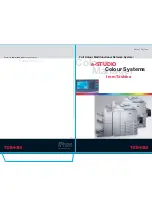
49
If you have other devices connected to your MIDI inter-
face, you should add each device to your OMS studio
setup by repeating steps 5-10, substituting the appropri-
ate manufacturer, model, and settings.
NOTE FOR FREE MIDI SYSTEM (FMS) USERS:
Please refer to the FMS owner’s manual for FMS instal-
lation and setup instructions.
DEFINING A SYNCHRONIZATION SOURCE
Unless you are using UltraMix alone (with the intent of au-
tomating only MIDI sound sources using MIDI files), you
will need an external synchronization source to lock the
timing of UltraMix to your music playback.
NOTE: Windows
®
95 users don’t need to worry about
defining a sync source, since that platform takes care
of it automatically. We’re saying this only so you
snoopy Windows users who haven’t yet skipped over to
page 52 won’t feel left out.
UltraMix is a MIDI-based system and therefore uses MIDI
time code (MTC) for syncing. SMPTE must be converted to
MTC using an appropriate interface or translator. SMPTE
time code may be output from one of the following:
• A spare track or dedicated address track on your analog or
digital recorder
• The address track on the video machine when doing audio
sweetening
• The SMPTE time code output from your DAW or some
other external sequencer system
Whatever the case, you must tell UltraMix which external
synchronization source to use.
Important:
For UltraMix to recognize a synchronization
source, the source device must be defined in your OMS or
FMS studio setup, and its OMS/FMS device definition must
have the MIDI time code Receives and Sends boxes checked.
































